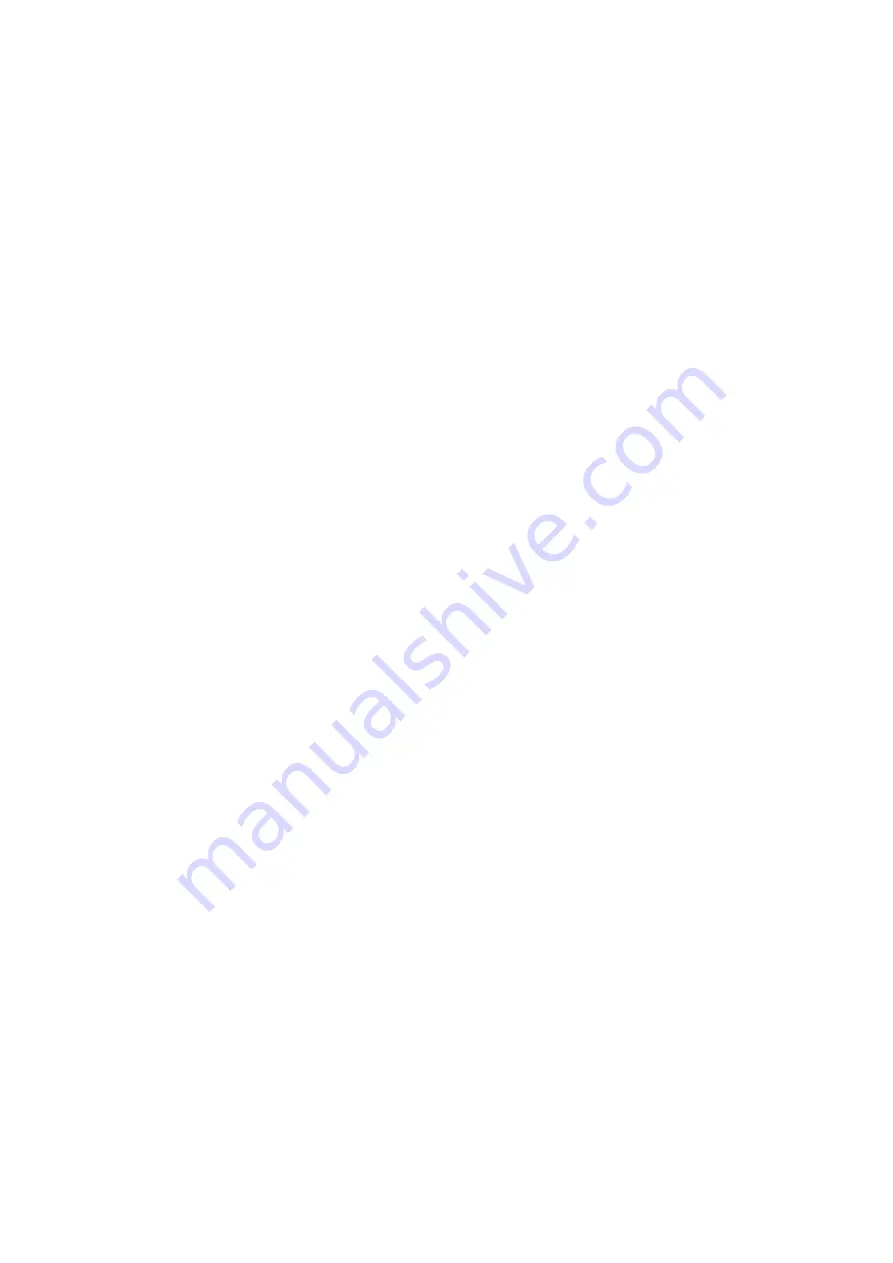
31
logo. Click the icon box to open up a file explorer windows. You can now browse to the image you
want to add to the command. Alternatively, drag and drop the image file straight into the box to
quickly assign it. To delete an icon image, hover your mouse over the icon until the cross appears,
then click to delete it.
3.
The left of the Icon box are two buttons that set the type of command you want to create:
a.
Mode
. When this is set to Simple, your command options are limited. Firstly, the delays
between key press events are not recorded. Secondly, you can only program the press event
of a physical button. If you click the Mode button to change it to Advanced, you are free to
record and adjust key press timings. You can also program every aspect of a physical key press.
We define these as Press (button down), Repeat (button held), and Release (button up).
b.
Timing
. The editor can either record the exact timing of your key presses, or ignore them. If
Record Delays is turned off any gaps between key presses will be removed so that the
command will output as fast as possible.
4.
Below the Icon Box and Command Mode buttons is where you actually input the command.
a.
Playback Mode
. This defines how the command is output or ‘played’ when the programmed
button is pressed. When set to closed, the entire key press string of a command will be played,
even if you just press the programmed button for a very short period of time. When set to
open, you need to press and hold the programmed button down for the entire duration of
the key press string. If you release the button midway through the string, you will only get
partial output to the game.
b.
Command Entry Box
. Hover your mouse cursor inside the box to be start entering your key
presses. If you move your cursor out of this area, the editor will stop recording keyboard or
mouse input. Note the R.A.T. icon in the Command Entry Box. If you hover your mouse cursor
over this icon, it will turn red. At this point, you can click any of the main mouse buttons or
scroll up or down and the editor will record this input. This enables you to mix both keyboard
key presses and mouse button presses to create more complex in-game commands.
5.
The
Clear
button will remove all key press data from a command.
6.
The
OK
button confirms the command returns to the Programming page.
7.
The
Cancel
button rejects any command editing and returns to the Programming page.
8.
Finally, the
About
box gives you a helping hand if needed. Hover your mouse cursor over any aspect
of the Custom Command Editor to get a reminder of what the feature does and how it can be used.






















